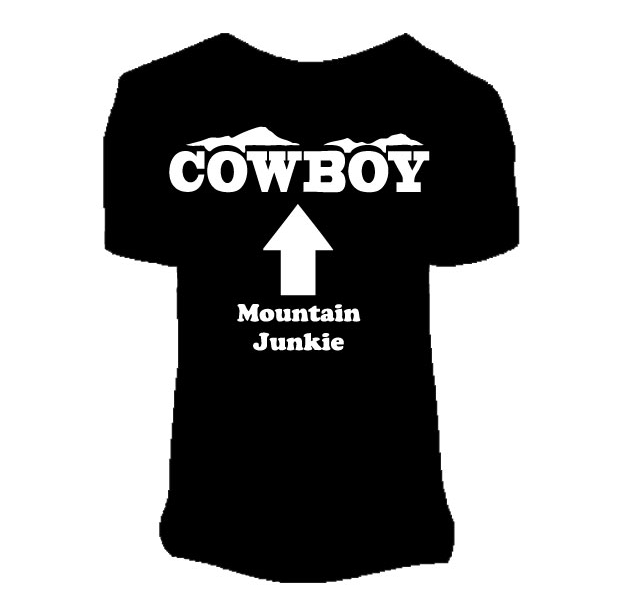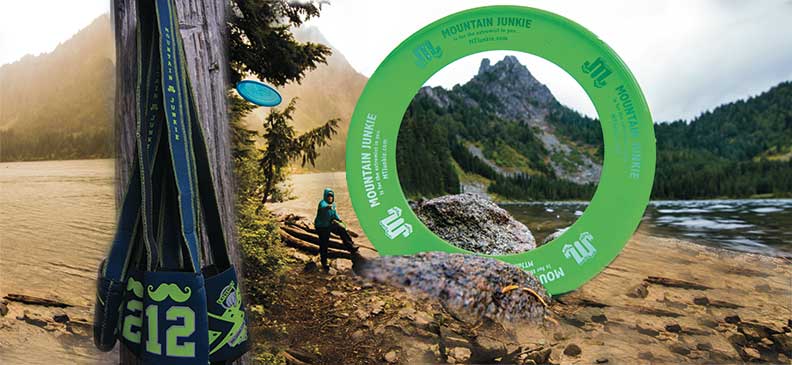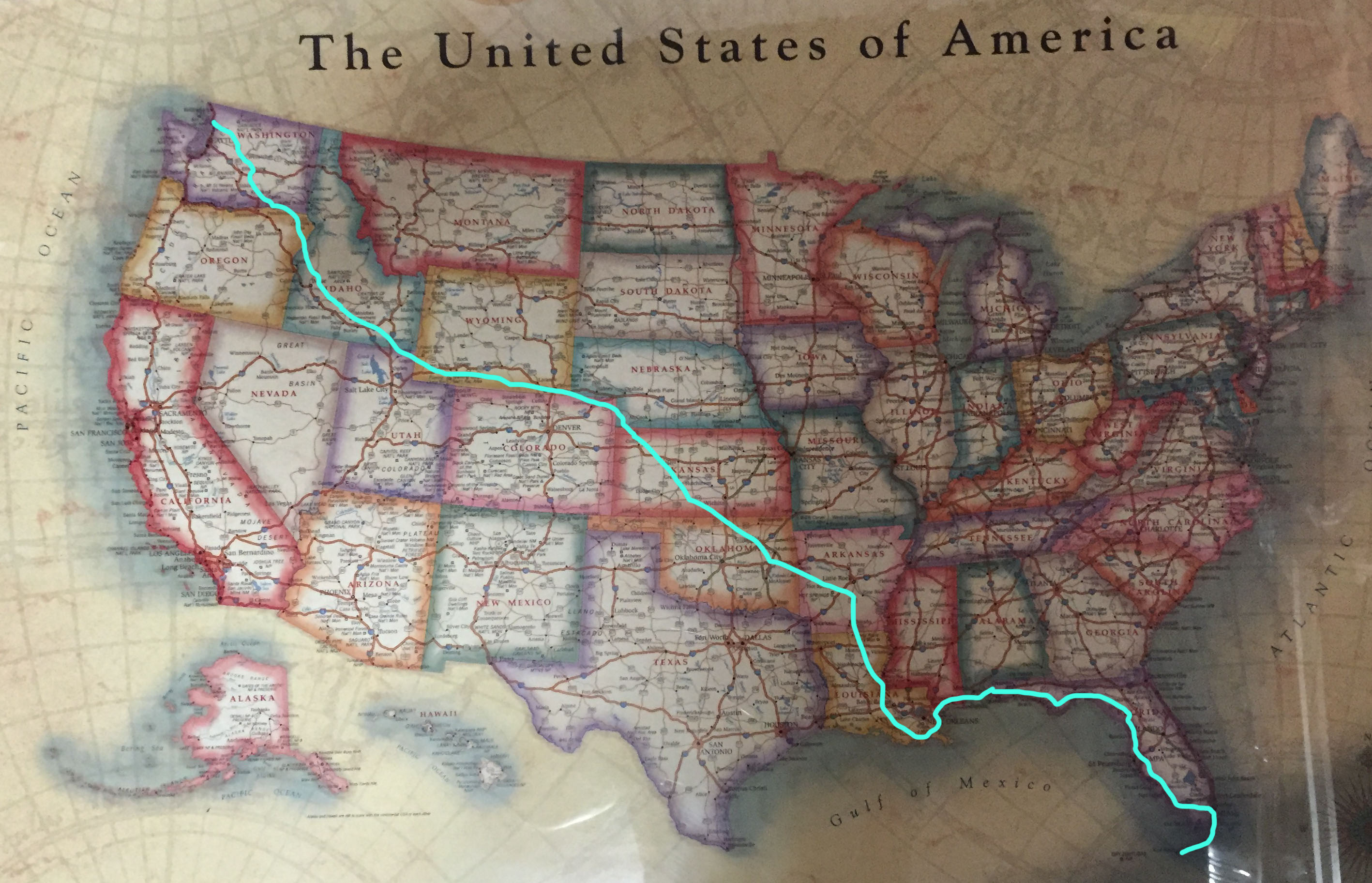Billabong International Limited is primarily a clothing company that also produces accessories and skateboard products under other brand-names. Founded in 1973 by Gordon and Rena Merchant, the company first traded on the Australian Securities Exchange on 11 August 2000. The name “billabong” is derived from the Wiradjuri word “bilabaŋ” that refers to a “creek that runs only during the rainy season”.[2] Von Zipper,[3]Nixon,[4] West 49[5] and Element[6] are some of the prominent brands that Billabong owns.
From late 2012 on wards, following the company’s collapse in the period since 2008, Billabong International has been the subject of a protracted bidding process that the company’s former United States (US) chief Paul Naude has been a participant in.
History
Early History
Billabong was founded in the Gold Coast, Queensland, Australia in 1973 by Gordon Merchant. At first, he designed and created the board shorts at his home and then sold them to local surf shops. Surfers soon realized the durability of Merchant’s board shorts that was the result of his triple-stitching technique. Merchant understood that his company needed to expand to achieve success, so Billabong started to sponsor contests—these contests increased the public’s awareness of Merchant’s products and the company consequently expanded. By the 1980s, Billabong board shorts were present throughout Australia.
Based upon his success in Australia, Merchant decided to export Billabong’s products and, by the late 1980s, Merchant’s board shorts were available in other countries, such as New Zealand, Japan and South Africa. In the 1990s, the surf industry as a whole grew exponentially and Billabong was a part of this growth process. The company was first traded on the Australian Securities Exchange in mid-2000, and this development provided the company with the funds to further expand and acquire other companies

A Billabong brand hat
As the company developed further it acquired new brands and retail outlets so that it could move beyond the area of wholesale business, and the first decade of the 21st century was a particularly active period of expansion for Billabong.[7]
Von Zipper, an eyewear brand, was acquired in early 2001[3] and the acquisition of skateboarding apparel and hard good brand Element was announced in July 2001.[6]
The acquisition of the Kustom surf shoe brand, as part of Billabong’s purchase of the Australian Gold Coast-based Palmers Surf company, was disclosed in September 2004.[8]The following year in December, an official press release was published to announce the acquisition of Nixon, a watch and accessories brand in the board sports market.[9]
The acquisition of wetsuit and technical watersport accessories brand Xcel became effective on 1 September 2007,[10] and Jodhi Meares‘ Tigerlily brand was acquired shortly thereafter in December of the same year. The Tigerlily decision represented the first time that Billabong had acquired a brand that focused exclusively on the ‘girls’ market, and the intention of management was to position the new addition so that it complemented the company’s own ‘Billabongs Girls’ line.[11]
In 2008 Billabong continued with the consistent acquisition activity that occurred in 2007 and announced four acquisitions over four successive months. Following the acquisition of the Gold Coast store Kirra Surf in May, the company announced its acquisition of the retail operations of Quiet Flight, a retail company on the east coast of the US that had already been operating licensed Billabong and Element retail outlets in Times Square, New York, US. The Quiet Flight deal resulted in the addition of 14 Quiet Flight and Surf Warehouse retail stores, most of which were located in Florida, US.[12] Then in June 2008, the founders of the Sector 9 skateboard company accepted an offer from Billabong that also included the purchase of the Gullwing skateboard truck brand.[13] Finally in August, Billabong confirmed the acquisition of boardsport accessories brand DaKine, which specialises in backpacks, bags, gloves and accessories, in a press release that projected that “DaKine is expected to contribute approximately 4% of Billabong International Limited’s Group sales in the 2008-09 financial year”.[14] Billabong’s retail expansion continued later in the year with the November purchase of the United Kingdom (UK)-based 13-store retail chain Two Seasons for an undisclosed sum.[15]
Billabong only announced a single acquisition in 2009 with the purchase of Swell, a US-based online retailer of boardsports brands, for an undisclosed sum.[16]
Billabong commenced 2010 with the signing of a ten-year licensing deal with popular skateboard company Plan B, and Plan B subsequently entered into a partnership arrangement with Element.[17] In May 2010, Billabong’s retail expansion continued with the acquisition of American surf retailer Becker Surf & Sport in May (the Becker deal included the business’ online operations, but not its surfboard operations), followed by the purchase of prominent Canadian action sports retailer West 49 in late June.[5][18] Further acquisitions were then announced in the remainder of 2010: the acquisition of apparel brand RVCA was confirmed in July and the label’s founder Pat Tenore explained his decision in the Billabong press release: “One of the key things about Billabong is its respect for the creative independence of each of its brands and that level of flexibility will allow RVCA to maintain its identity while benefiting from the support of the wider Billabong group”;[19] after RVCA, Billabong then returned to the retail market and ended the year with the October acquisition of the Australian retail stores Surf Dive ‘n’ Ski and Jetty Surf—from vendor General Pants Group—for an undisclosed amount.[20]
Collapse [edit]
On 16 February 2012 trading in Billabong shares was halted at the company’s request because of reports of a A$776 million takeover offer from TPG Capital, a United States private equity firm.[21][22]
On 17 February 2012, Billabong announced its intention to undergo a major restructure. Up to 150 stores will be closed.[7] 400 full-time jobs will be lost internationally, including up to 80 in Australia. 48.5% of its Nixon watches and accessories brand name will be sold to Trilantic Capital Partners (TCP) to establish Nixon as a joint venture.[21]
The partial sale will give approximately $US285 (A$265.78) million in net proceeds to Billabong. It is intended that proceeds from the sale will be used to reduce debt.[21] In February 2012, TPG Capital made two takeover proposals which were both not accepted.[23]Billabong announced that Gordon Merchant, who owns 15% of the company’s shares, had rejected both the offers.
On 27 August 2012, Chief Executive Laura Inman presented her four-year plan to try to return Billabong to positive sales growth and increase earnings. The plan included a range of measures with the key focus being on simplifying the business, leveraging its namesake brand, improving its supply chain and e-commerce offerings. The new initiatives are estimated to cost approximately $80 million. [24] In September 2012 two private equity firms, TPG Capital and Bain Capital, are bidding for ownership of Billabong.[1]
Profitability
In 2000, the company was listed and had sales of $225 million, growing to $1.7 billion in 2011.[7] Profits of $249 million were achieved in 2007.[7]
For the six months to December 31, 2011 Billabong had a 71% drop in net profit to A$16.097 million.[21]
Team
The Billabong brand sponsors teams of riders in different subcultures who play an ambassador-like role for both the brand and the lifestyle that is being promoted.
Surf (Billabong US)
International
- Andy Irons
- Taj Burrow
- Joel Parkinson
- Dave Rastovich (“Rasta”)
- Donavan Frankenreiter
- Jack Freestone[25]
Legends [edit]
- Mark Occhilupo (“Occy”)
- Luke Egan[26]
Freesurfers [edit]
- Shane Dorian
- Laurie Towner
- Wade Goodall
- Tyler Warren
- Manoa Drollet
- Sterling Spencer
- Greg Long
- Raven Lundy
- Peter Mendia
- Dylan Longbottom[27]
Professional [edit]
- Ryan Callinan
- Tj Barron
- Alejandro Mojeda
- Kaimana Jaquias
- Cody Thompson
- Phillip Goold[28]
Juniors [edit]
- Ian Gentil
- Seth Moniz
- Cam Richards
- Griffin Colapinto
- Jake Halstead
- Isaiah Moniz
- Josh Moniz
- Cole Richards
- Nathan Behl
- Micha Cantor[29]
Adventure Division [edit]
- Shane Dorian
- Laurie Towner
- Greg Long
- Dylan Longbottom[30]
Groms [edit]
- Kaunaloa Ng
- Ethan Osborne
- Brody Sale
- Josh Burke
- Jackson Bunch IV
- Ryland Rubens
- Tommy Coleman[31]
Skate (Billabong US)
Professional
- Shuriken Shannon
- Ben Gore
- Tyler Surrey
- Jimmy Cao[32]
Amateur [edit]
- Marius Syvanen
- Jeff Marshall[33]
Snow (Billabong US)
Professional
- Wolle Nyvelt
- Eero Niemela
- Tadashi Fuse
- Chris Carr
- Benjii Ritchie[34]
Amateur
- Garrett Warnick
- Scot Brown[35]
Street Wear
- Shayne Pospisal[36]
Legends
- Kevin Jones[37]
Grommets
- Toby Miller
- Judd Henkes[38]
Wake (Billabong US)
A-Team
- Mike Dowdy
- Shawn Watson
- Erik Ruck
- Brian Grubb
- Danny Harf
- Marc Rossiter
- Raphael Derome[39]
Canada (Billabong US)
Surf
- Sepp Bruhwiler
- Dean Petty[40]
Skate
- Jesse Landon
- Kirk Harriot
- Trent Matley
- Ulysse Pynel[41]
Snow
- Scot Brown
- Benji Ritchie
- Jesmond Dubeau[42]
Wake
- Raphael Derome
- Olivier Derome
- Dustin O’Ferrall[43]





One comment on “History of Billabong.”
Comments are closed.